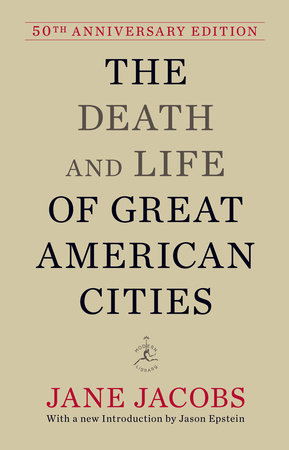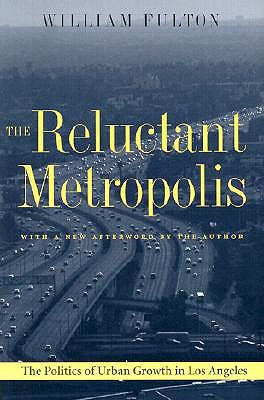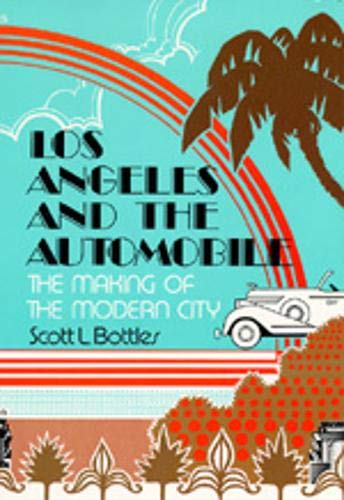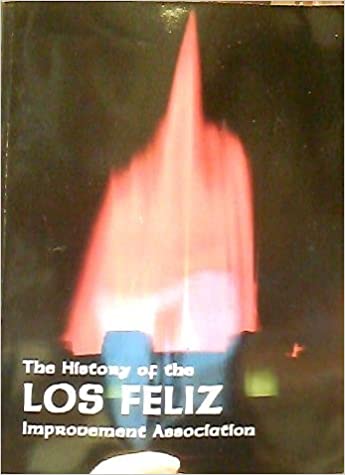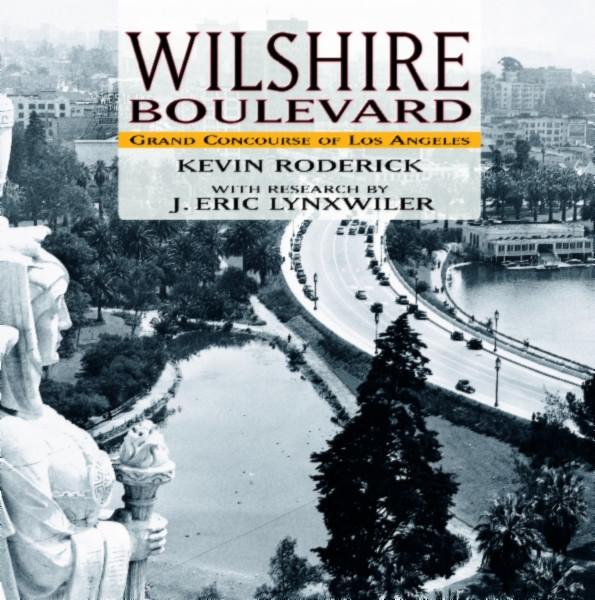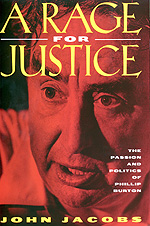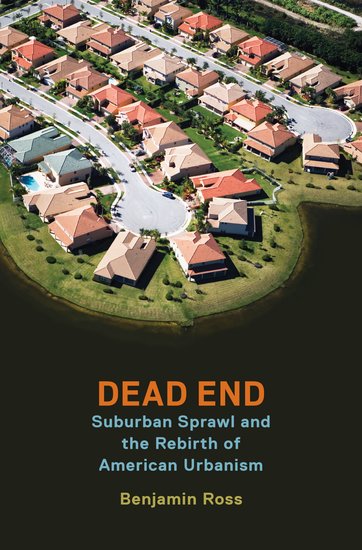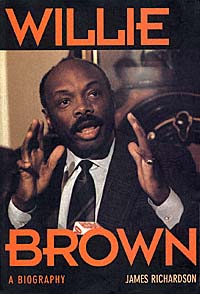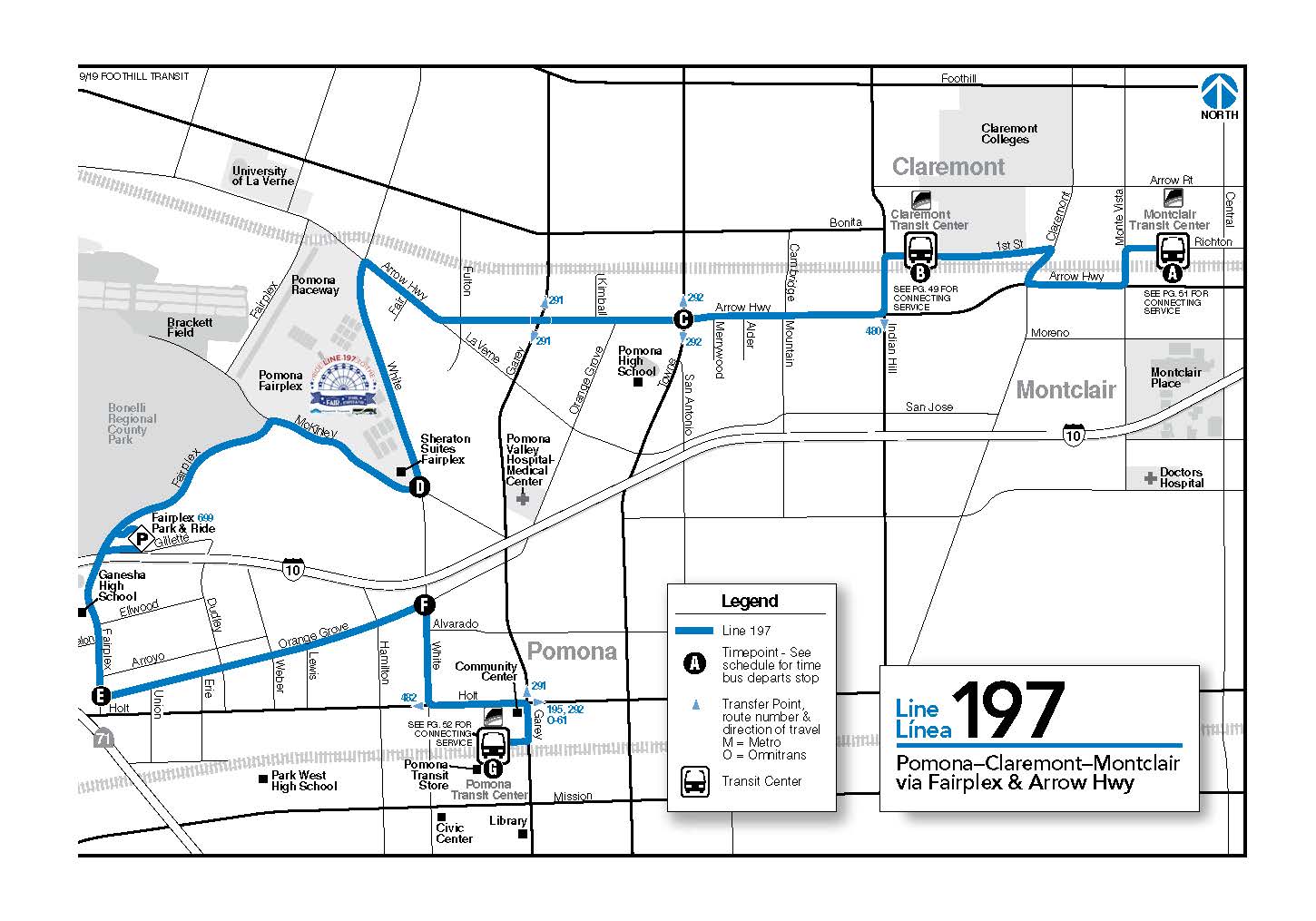Some Recommended Transit-Oriented Reading
1:29 PM PST on December 9, 2020
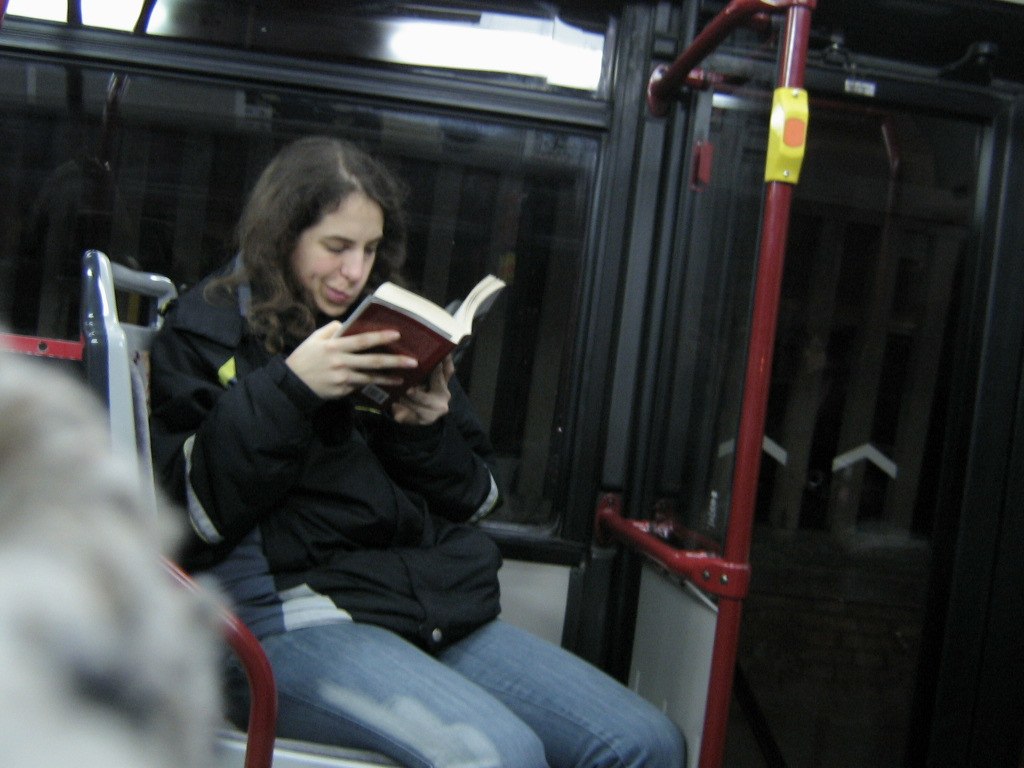
Recommended reading – photo by Mattia Belletti via Wikimedia
One understandable impulse for those of us cooped up staying at home during the COVID-19 pandemic is to use the time to address long neglected tasks. Years ago I placed in a file of my email account various ideas for Streetsblog posts. I sorted through the file during a recent session of my weekly writing group (which has transitioned from in person to via Slack and Zoom).
Some ideas were still relevant but quite a few I deleted. One that had promise was a reading list for activists. While at first it didn't seem overly significant suddenly in a flash it came to me how useful it could be, especially for people who after months binge streaming Tiger King and such could use a fresh diversion. And of course this was before the recent pandemic second wave and concomitant new stay at home orders
While I am unhappy at how long composing the list took me, I see its appearance now as a happy accident that allows it to also function as a holiday gift guide for urbanists, activists and others that are transit-oriented.
The list consists of works I have found especially enlightening for my education as a transportation activist, organized in a few broad categories.
First up is the book I am currently reading, The Death and Life of Great American Cities (1960) by Jane Jacobs. This is a classic of planning literature I have long wanted to read. So far I have worked my way to the three-quarters point.
My impression so far is it is disarmingly personal, not academic. No profusion of end notes or jargon. It offers thoughts on the way great cities work based on observation, mostly of New York but also of other cities. The supportive insights of fellow activists, elected officials and planners help round it out.
Especially of interest is its pitiless critique of urban planning orthodox as it stood in 1960, the year the book was published. Jacob's key insight is the disconnect between theory and reality. Planners fixated on pet theories and strategies; this repeatedly led to round peg in a square hole planning efforts as the professionals failed to take into account empirical evidence of how cities actually work.
The writing is evocative, a testament to the passion Jacobs brought to the topic. Especially memorable is her description of an impromptu street party that spontaneously erupted when a mysterious bagpiper appeared in her neighborhood. And you thought flash mobs were strictly a feature of the digital age.
Looking forward to further insights as I keep working my way through it.
REGIONAL HISTORY
The Reluctant Metropolis: The Politics of Urban Growth in Los Angeles (1997) by William Fulton
A best books of the year list put together by KPCC host Larry Mantle years ago made me aware of Fulton's book. I read it fairly early in my education as an activist and found it illuminating on many aspects of the region. Like how not just developers but also neighborhood associations have played a huge role in how growth has (or sometimes has not) occurred. Think of the long-stalled Hollywood Target as a contemporary example.
There is an excellent chapter on Metro through the mid-1990s. Another outstanding chapter gives a blow by blow account of the war between Oxnard and Ventura over which would end up with a regional mall. This illustrates why, after Prop 13, cities prize sales tax generating retail businesses; the money stays with the city whereas property tax proceeds go to Sacramento to be divvied up and eventually a slice subvented back to the originating city. Also revealing is Fulton's explanation of the source for behind the scenes details of the maneuvering by key players which makes the chapter so vivid: lawsuits! Filings that become a part of the public record often expose the inner workings of public and private parties, details that otherwise would never see the light of day.
Even 20+ years after being published it is still well worth seeking out.
Los Angeles and the Automobile: The making of a Modern City (1987) by Scott Bottles
Mention by a friend of Bottles' chapter on the fight between the railroads and the city of Los Angeles over having a Union Station (which the former vehemently opposed while the latter just as vehemently pursued) made me track down a copy.
Extremely well researched, it documents the facts behind the emergence of Los Angeles' "love affair with the automobile" from the early 20th century onward - and the simultaneous decline of public transportation. For instance: in the 1930s, while repeated efforts to fund mass transit failed, bond measures were passed to straighten and widen streets.
Second edition of The History of the Los Feliz Improvement Association: 1916-2000
As I mentioned, Fulton highlights the power of neighborhood associations. Bottles likewise gives their role significant attention. Among the oldest is the Los Feliz Improvement Association, founded in 1916.
To learn more about the Association I bought a copy of the second edition of its history. The main source for it was a barrel discovered in one member's garage in which decades of records had accumulated. While unfortunately now out of print, copies are available from book dealers via Alibris and AbeBooks. I found it quite interesting.
I live on Wilshire Boulevard. For a long period I worked in a historic building on Wilshire. Before the pandemic Wilshire was my main arterial for access to shopping, entertainment, eating out, etc. But for much of that time I didn't know who Wilshire was or the history of the street.
When I received a bookstore gift certificate for Christmas I decided to rectify that and special ordered this book.
And what a story it turned out to be! Gaylord Wilshire was a self-promoting Socialist developer. His sole role in the creation of the street that bears his name was donating to the city the initial dirt path (which he named Wilshire) through a bean field between MacArthur and Lafayette parks. And curiously one provision of the gift was a prohibition of any streetcar service, which is why neither the Red nor Yellow streetcar systems ever had a line along Wilshire.
As the city grew westward successive developers extended the Boulevard as part of their street grids. In time it ran all the way to the Pacific. The book's remarkable photos include a number from the period when Wilshire had stretches going through undeveloped open space and was lined with an unbroken series of billboards. Downright surreal.
After reading this, a trip on the Metro 20 local, 720 rapid or Big Blue Bus 2 isn't the same - as now you know the full story behind the sights, block by block.
POLITICS
A Rage for Justice: The Passion and Politics of Phillip Burton (1997) by John Jacobs
One year I checked out from the library - where I was then working - some books on California politics to read over the holiday break and learn more about how things work. This book was a true revelation for an amateur policy wonk like myself.
Phillip Burton was an unapologetic progressive who, after being elected as a congress member representing a district in the Bay Area, mastered the arts of compromise and alliances to achieve his goals.
One of his secret weapons was voter patterns. Often he successfully lobbied colleagues to support legislation by asserting that doing so would shore up support in a portion of their district where they suffered from weak poll numbers. He was in his glory during the decennial redrawing of districts (aka reapportionment). It is a process that mostly flies below the radar of the public but to politicians is paramount as it has a considerable impact on their chances for re-election.
Shortly before his unexpected death, Burton found himself facing a strong re-election challenger in 1982; moderate Milton Marks was recruited by the Republican Party which had targeted Burton for defeat. The account of that hard fought election is a high point of the book.
I realize polarization makes it easy to dismiss these political methods as defunct but actually cutting deals is still a fine art practiced on occasion (an example is the original pandemic stimulus package) and thus the lessons of this book are still relevant.
The Power Broker: Robert Moses and the Fall of New York (1974) by Robert Caro
I grew up in the Pacific Northwest and several times when I traveled north to visit family did so on Amtrak's Coast Starlight which is a two day journey from Los Angeles to Seattle.
To pass the time on one trip I brought along Caro's massive (both in page count and reputation) tome. While it nearly took all four days of travel there and back to finish, the narrative was so riveting it was impossible to put down. So much so it took an effort to occasionally look up and take in the splendid scenery this route offers.
Moses reigned as New York's master builder of parks, expressways, tunnels, beaches and bridges from the 1920s through the 1960s. A protege of Governor Al Smith, he mastered the byzantine ways of the New York state legislature before becoming involved with New York City politics. While originally an idealist reformer the allure of power transformed him into the ultimate insider, wielding vast sway over infrastructure via simultaneously chairing multiple city and state public commissions and authorities.
Often described as Machiavellian, he knew how to get things done. His antipathy toward public transit and championing of expressways transformed the New York landscape (for the worse in the eyes of many including the aforementioned Jane Jacobs).
One lesson to glean is there is nothing more powerful than a bureaucrat who can draw on an independent source of revenue (in the case of Moses, tolls from bridges and tunnels).
Amid the persistent rumbles of a likely eventual trillion plus federal infrastructure initiative it is instructive to note how Moses thrived when a similar effort was launched during the Great Depression. He had a leg up on other cities when competing for federal funds by being able to offer numerous shovel-ready projects that, if funded, could quickly start construction and produce jobs, the main purpose of the funding.
One often reads online carping that plans and studies are fifth wheels. They are actually necessary parts of the process and when the stars align give a region a competitive advantage to secure funding that becomes available.
As befits an epic, the downfall of Robert Moses was high drama, involving such juicy ingredients as a world's fair, billionaires, kids' playgrounds, and free Shakespeare in Central Park.
Caro's book is monumental yet oddly intimate and engaging. Reading it is rewarding and educational.
Dead End: Suburban Sprawl and the Rebirth of American Urbanism (2014) by Ben Ross
My decades of involvement with public transit advocacy have included making the acquaintance of fellow advocates around the country. Among these is Ben Ross, one of the prime movers behind the Action Committee for Transit. Overcoming numerous obstacles, ACT advocated for a light rail line in Montgomery county near the Washington D.C. metropolitan area. That line is now under construction - and known as the Purple Line.
Ross has written an incisive deconstruction of sprawl, for which Damien Newton provided a nice overview when Ross was in Los Angeles for a book signing in 2014.
A recurring motif is homeowners' pervasive fear of apartment dwellers. Ross documents numerous examples of the visceral reactions single family dwelling unit neighborhoods have to the possibility of apartments being built in proximity to them. This aversion inevitably collides with the trend of cities being transformed through new urbanism/mixed use developments/densifying transit corridors.
A good solid work on an important aspect of the modern landscape.
I used to think that social concerns shaping transportation was a contemporary phenomenon. But I learned different by reading Derrick's book.
This details the story of the dual contracts signed in 1913 which more than doubled the size of the New York subway system - from 296 miles to 618 miles.
One of the factions advocating for the expansion were social reformers; they saw rail lines into the sparsely populated outer boroughs as facilitating the escape of the urban poor from Manhattan slum tenements to affordable housing - via new construction driven by the proximity of these extended subway lines. Starkly illustrating this is a photo in the book showing an elevated rail line being built through an empty field. To paraphrase the film Field of Dreams 'If you build it they will come'. Proof for the strategy's success is provided by an aerial shot of a sea of single family dwellings in modern Queens at the start of the 1970s TV series All in the Family.
Me and the Model T (1965) by Roscoe Sheller
The automobile becoming the primary means of personal transportation - in the early 20th century - was a slow and at times chaotic process. The transition from horse to horseless carriage is documented in this amusing and colorful memoir.
Sheller lived in Sunnyside, a small town in the Yakima Valley of Central Washington state not too far from my hometown. In 1915 he had a chance to ride in Henry Ford's Model T and soon after joined the local dealership as a salesman.
His task was to convince farmers - used to a horse and buggy - of the benefits and advantages of owning a Model T. For the new owners he provided driving lessons (and in some cases also for the owner's spouse and offspring). This was often a harrowing experience. "Whoa!" they would yell while pulling on the steering wheel when trying to stop. The process involved dented fenders, broken headlights and, for the instructor, shattered nerves.
ONLINE PUBLICATIONS/RESOURCES
Willie Brown: A Biography (1997) by James Richardson
This was one of the other California politics books that I read one holiday season. The full book is now online - posted by the University of California Press.
A portrait of Brown's 30 years in the California State Assembly - 15 of which as its Speaker. Brown excelled at making deals. As the author notes, Brown was fixated on being present at the press event where the deal was announced and duly lauded for helping make it happen. Being a pragmatist not wedded to a firm ideology gave him flexibility when mediating/negotiating. Much like the book on Robert Moses, this is unvarnished realpolitik through mastery of process and shrewd handling of political allies and opponents.
Los Angeles: Structure of a City Government (2006) by Raphael J. Sonenshein
The title says it all. It is the latest edition of a work - sponsored by the Los Angeles League of Women Voters - on the government of the city of Los Angeles. Sonenshein, the author of this revision, is a political scientist with an impressive resume and a thorough familiarity with the local civic culture. Step by step he guides the reader through the intricacies of City Hall and the structure of local government in Los Angeles. I learned more than a few things from reading it.
Another nuts and bolts reference. The about section of the website explains it to be, "... devoted to providing statistical and narrative information about the people, places and stories that make up the incredible panorama of Los Angeles County." It is easy to forget Los Angeles County contains 88 incorporated cities. This is a tool to learn more about them.
'Why does it cost so much to build rail lines?' is a perennial question one encounters from the public and also many activists. One can cite economic, regulatory and social dimensions in such a discussion. But a much more lively and engaging answer is to suggest reading McSpedon’s article as a case study. From 1985 to 1994 McSpedon oversaw rail construction in Los Angeles County. From that perch he had a front row seat to bear witness to the travails of constructing the Blue Line (now known as the A Line) between Los Angeles and Long Beach.
And what travails they were! Building in an active railroad corridor, while ensuring the existing freight service was not disrupted, predictably proved expensive. But one of the other problems stemmed from jurisdictional opportunism. McSpedon shares his dictum regarding this: Lurking behind any neglected and underutilized railroad corridor are an infinite number of painstakingly conceived but as yet unfunded, improvement projects.
The upshot is that the affected cities (plus Los Angeles County in unincorporated areas) dusted off plans for any desired improvement remotely near to the project right-of-way. These included “…upgrades of adjacent streets and sidewalks, installation of new street lighting, computerized traffic signals and signage, addition of landscaping, construction of new fences and retaining walls, construction of new street crossings across the right of way, and closure of certain existing crossings.” All of the aforementioned were loaded onto the project budget.
My favorite example of unexpected costs is when plans to reuse an existing bridge collided with regulatory standards and other considerations. As a result, "what started out as an apparent opportunity to reduce project costs by utilizing an existing grade separated crossing structure has led ultimately to a decision to demolish the entire four-track railroad bridge and to construct a new double-tracked Southern Pacific structure as well as two new single-tracked light rail aerial structures—all to current design standards. This is the most cost-effective solution to all of the problems identified.”
And that is all I have for now. What good books have you read lately?
Dana Gabbard is a longtime transit rider, treasurer of Southern California Transit Advocates (SoCaTa), and a 2011 Streetsblog Streetsie Award winner. For more than a decade, he has written articles for Streetsblog Los Angeles.
Stay in touch
Sign up for our free newsletter
More from Streetsblog Los Angeles
No, L.A. City Does Not Always Add Required ADA Ramps During Resurfacing, But They Should
StreetsLA GM Keith Mozee "Any time we do street resurfacing, it is considered an alteration, which requires ADA ramps to be installed."
LAPD Was Crossing Against Red Light in Crash that Killed Pedestrian and Injured Six in Hollywood
The department says the officers had turned on their lights and sirens just before crossing, but won't say why they did so.
